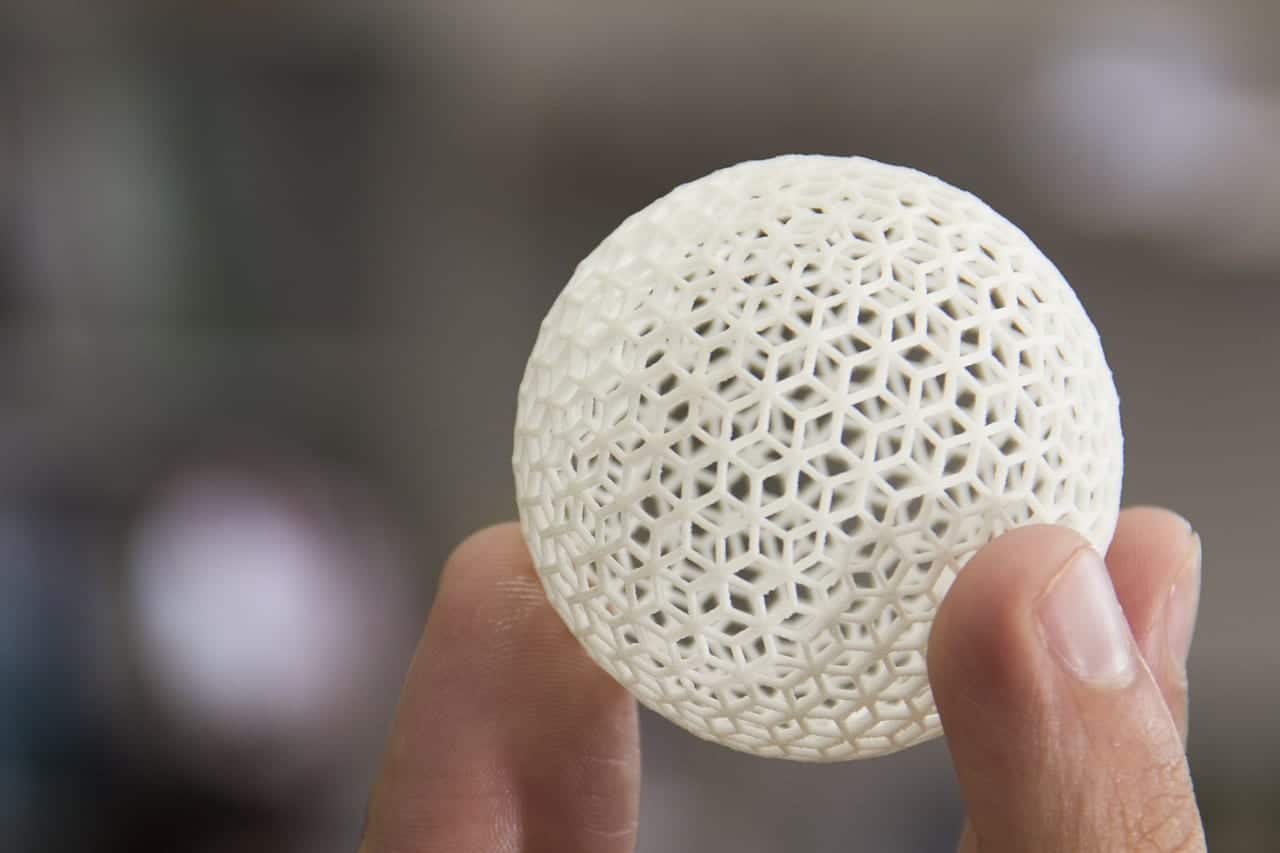In Beijing’s suburban Huairou district, Chinese engineers in an economic and development zone hope to make 3D printers a household item and transform China’s economy in the process.
One of about 300 companies located in the zone, Beijing Tiertime Technology Co Ltd, China’s first 3D printer exporter and Asia’s largest 3D printer producer, could help reshape consumption habits in the world’s most populous nation.
The company sells tens of thousands of printers to more than 40 countries every year. Its 150-plus employees print products layer by layer, ranging from toys and cartoon figures to mobile phone shells and home decor.
Students, entrepreneurs and hobbyists with specialized demands can create tailored designs using Tiertime’s microwave-oven-sized desktop machines.
Unlike the refrigerator-sized industrial 3D printers that are mainly used to print metals, the much smaller desktop machine targets ordinary consumers to use its rapid prototyping technology, with prices ranging from 3,000 to 20,000 yuan (around $470 to $3,146).
Since 2012, when the Economist predicted that 3D printing, or additive manufacturing, would trigger a third industrial revolution, Tiertime’s revenues have jumped at an annual rate of 40 to 50 percent, with its output topping 100 million yuan last year.
The desktop 3D printers used in the consumer market represent one of the technology’s four major uses, along with industrial, biological and artistic applications, according to Lin Feng, professor and deputy director of the Biofabrication and Rapid Prototyping Technology Laboratory of Tsinghua University.
Those with knowledge of materials and modeling technology have recognized the opportunities. In the past three years, hundreds of Chinese companies have started producing desktop 3D printers.
Since 2012, output of China’s 3D printing market expanded three to four times from 1 billion yuan, according to Luo Jun, secretary of the World 3D Printing Technology Industry Alliance.
Luo estimated that the industry has the potential to reach 10 billion yuan in 2016.
The thriving Chinese 3D printing industry has kept pace with global peers. According to market research firm Canalys, almost 133,000 3D printers were shipped worldwide in 2014, representing a whopping 68-percent increase over the previous year, and total market revenue topped $3.3 billion, up 34 percent.
“We’ve seen the 3D printing industry go from strength to strength in 2014… particularly in the consumer segment, with many users buying their first 3D printer,” Joe Kempton, a research analyst with Canalys, told 3D.com. Kempton expects falling prices, new technology and improved printing speeds to fuel demand in the future.
Tiertime marketing director Guo Qiao said that once materials, modeling and Internet technologies are ready to make 3D printing as easy to use as computers, the future of the industry will be “unimaginable.”
People in China are testing 3D printing in every possible industry, from houses to food, clothes and surgery.
Image-modeling technology company 3DCloud extended its business to chocolate 3D printing this year. Around 2,000 chocolate printers targeting bakeries, restaurants and cafes will soon hit the market, said Wang Yanshu, CEO of 3DCloud.
After the user draws a 2D picture using an app connected to the printer, the printer can print a chocolate with the same design in 10 minutes. “Every piece of chocolate is unique,” said Wang. “And the magical thing about 3D products is the uniqueness.”
Growing demand for customized products makes Wang believe that the 3D printing consumer market has great potential, especially in the gift, costume and home decor markets.
Though optimistic about the future, Wang finds it a bit difficult to attract household users as many people still regard 3D printing as a novelty. “The technology is hard to use practically,” Wang said.
The technology is still in an early stage, and most people do not understand how it is applied, Luo said.
According to Tiertime, 90 percent of its domestic market share comes from school laboratories, which need desktop 3D printers so students can learn, experience and design. While the education market has grown rapidly, the individual market has remained largely untapped.
Tiertime’s Guo expects 3D printing to remain a niche market as few Chinese feel the need to buy a 3D printer for the office or home, even though many families can now afford them.
One major hurdle is the lack of diverse printing materials and modeling resources.
Guo said that in order for 3D printers to reach the level computers have achieved today, the first step is to find appropriate uses for the technology. “To find such a scenario means finding the ‘killer’ application for the industry,” he said. “3D printing can be nowhere, but it could be everywhere.”
“The consumer market is still a small pond, but if we keep digging, we will find an ocean awaits us to explore,” Guo said.
________________________________
About the Author
This article was written by Shan Ruchao, Guo Qian, Chen Siwu.





























